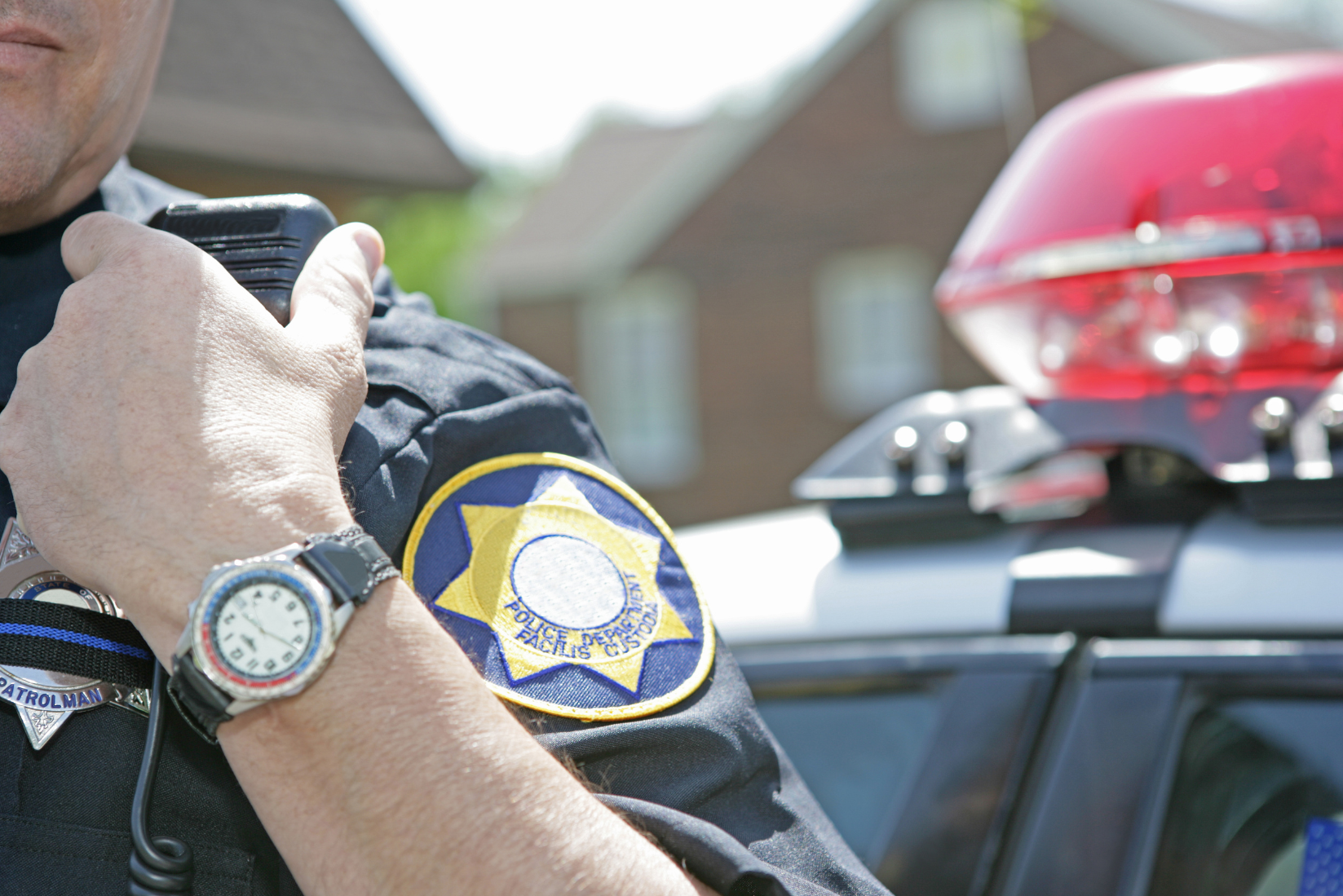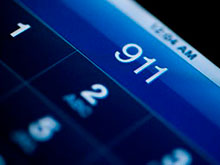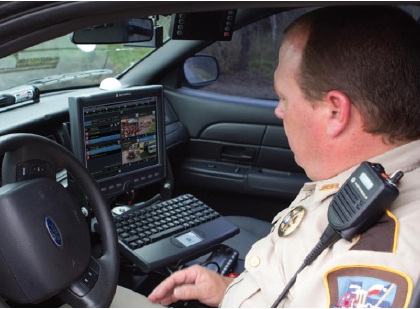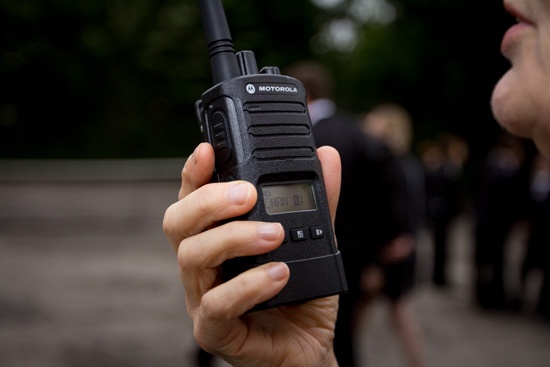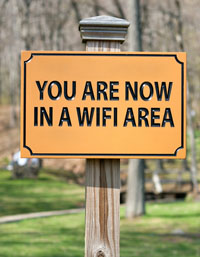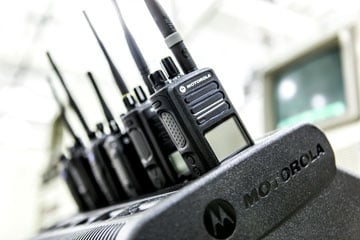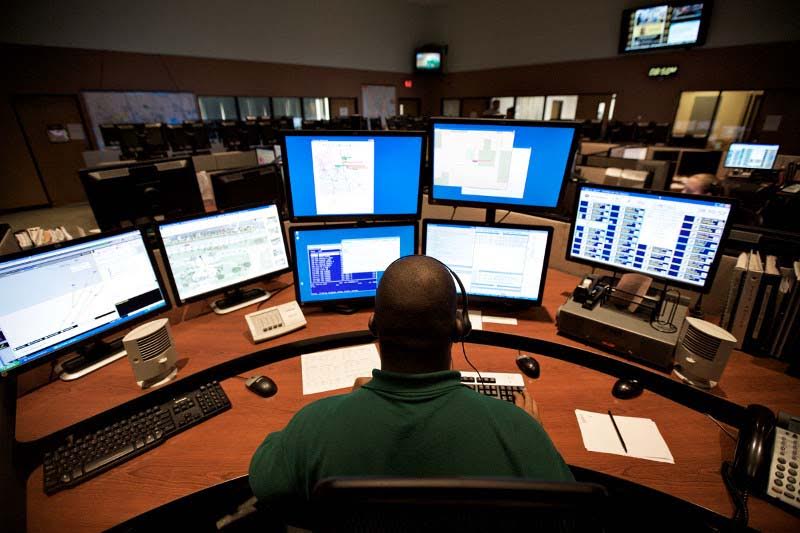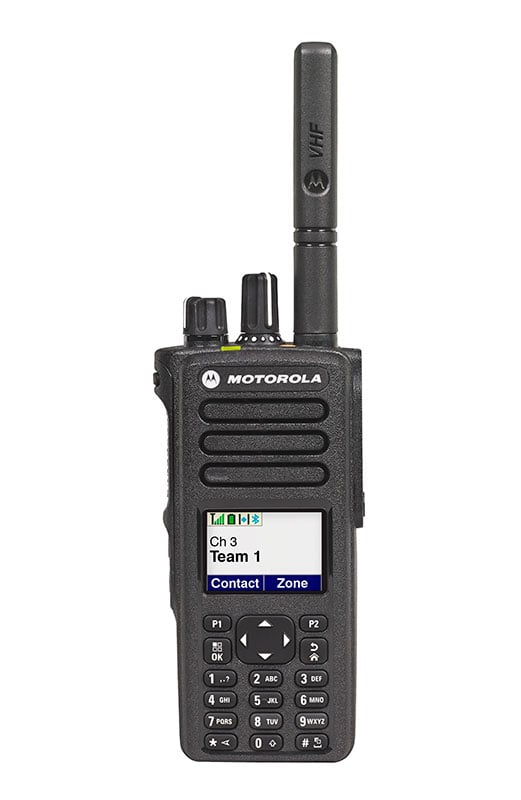The phonetic alphabet, or spelling alphabet, is one of the most universally recognized pieces of two-way radio lingo, and its history reveals a lot about the evolution of wireless technology and international cooperation.
If you’ve ever had to spell, then respell, then spell again a series of letters over a phone or two-way radio, you can understand why the spelling alphabet was developed. Many letters sound the same, and rather than risk miscommunication during mission critical transmissions and wartime broadcasts, officials adopted a universal set of words to represent letters.
For those of you curious about the history and usage over time, here’s a rundown of the Alpha Bravo Charlies (ABCs) of the two-way radio alphabet.
NATO Alphabet
In general, when people talk about spelling alphabets, they’re referring to the NATO alphabet, considered the international phonetic alphabet, that took effect starting in 1956. Because NATO allies led the effort for one universal standard, the alphabet was nicknamed after the organization.

